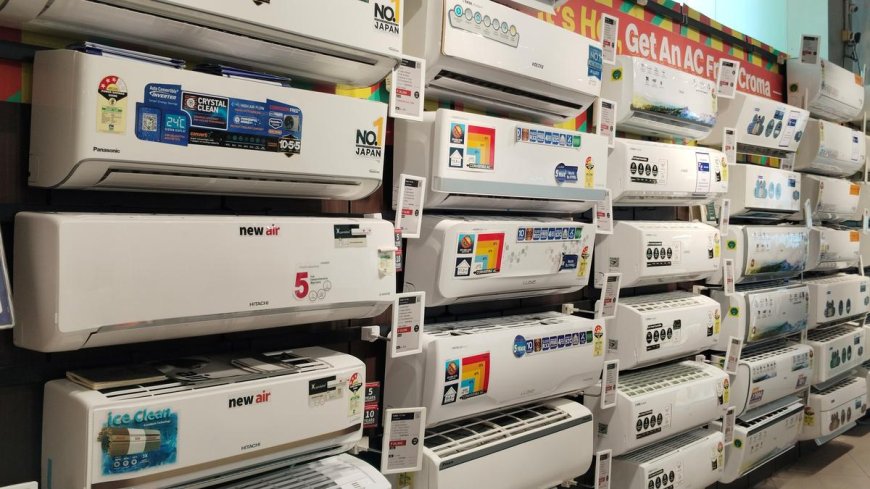Govt working on draft framework to standardise default temperatures of air conditioners: Union Power Minister Manohar Lal

Govt Working on Draft Framework to Standardise Default Temperatures of Air Conditioners: Union Power Minister Manohar Lal
Breaking News, Daily Updates & Exclusive Stories - asarkari
The Indian government is taking significant steps towards environmental sustainability by drafting a framework aimed at standardising the default temperatures for air conditioners (ACs). According to Union Power Minister Manohar Lal, the Bureau of Energy Efficiency (BEE) is engaged in this crucial initiative, which seeks to establish uniform temperature ranges for cooling appliances. This draft framework is anticipated to fall within the temperature zone of 20 to 28 degrees Celsius.
Understanding the Context
The increasing prevalence of air conditioning units in India has raised concerns about energy consumption and environmental impact. ACs are a significant contributor to the country's peak power demand, thus leading the government to propose this standardisation initiative. Not only is it expected to aid in reducing carbon footprints, but the move also aims to promote energy efficiency among consumers.
Impact on Energy Consumption
Currently, many individuals set their air conditioner thermostats to lower temperatures, often around 16-18 degrees Celsius, which not only drives up energy costs but also places immense strain on the electrical grid. Standardising the default temperature between 20-28 degrees could help conserve energy significantly. The BEE, responsible for promoting energy efficiency in India, will play a pivotal role in shaping this framework. The minister's announcement reflects a growing recognition of the necessity to balance comfort and energy conservation.
Global Trends in Energy Efficiency
This framework mirrors global trends where governments are increasingly prioritizing energy efficiency to combat climate change. Several countries have implemented similar measures to regulate the use of energy-consuming appliances. For example, in countries like Japan and Australia, regulations have been introduced to limit the range of air conditioner settings, ensuring that energy consumption does not spiral out of control while still meeting consumer comfort needs.
The Way Forward
As we move towards a more sustainable energy future, this initiative presents a valuable opportunity for India to lead by example in the global arena. Industry stakeholders and consumer advocacy groups must be involved in discussions surrounding the implementation of this draft framework to ensure that it accommodates varied societal needs. A collaborative approach could foster innovation in energy-efficient technology while maintaining consumer satisfaction.
Conclusion
The proposal to standardise default temperatures for air conditioners is a significant step towards bolstering energy efficiency and addressing climate change challenges. By setting a reasonable temperature range, the government aims to create a standard that balances comfort with cost-effective energy use. As the BEE prepares the draft framework, it will be essential to keep public interests at heart, ensuring the guidelines are practical and effective. Every degree counts, and this simple yet impactful measure can lead to substantial energy savings nationwide.
For more updates, visit asarkari.com.
Keywords:
air conditioning, energy efficiency, standardisation, temperature control, Bureau of Energy Efficiency, environmental sustainability, carbon footprint, energy consumption, Union Power Minister, IndiaWhat's Your Reaction?
 Like
0
Like
0
 Dislike
0
Dislike
0
 Love
0
Love
0
 Funny
0
Funny
0
 Angry
0
Angry
0
 Sad
0
Sad
0
 Wow
0
Wow
0










































